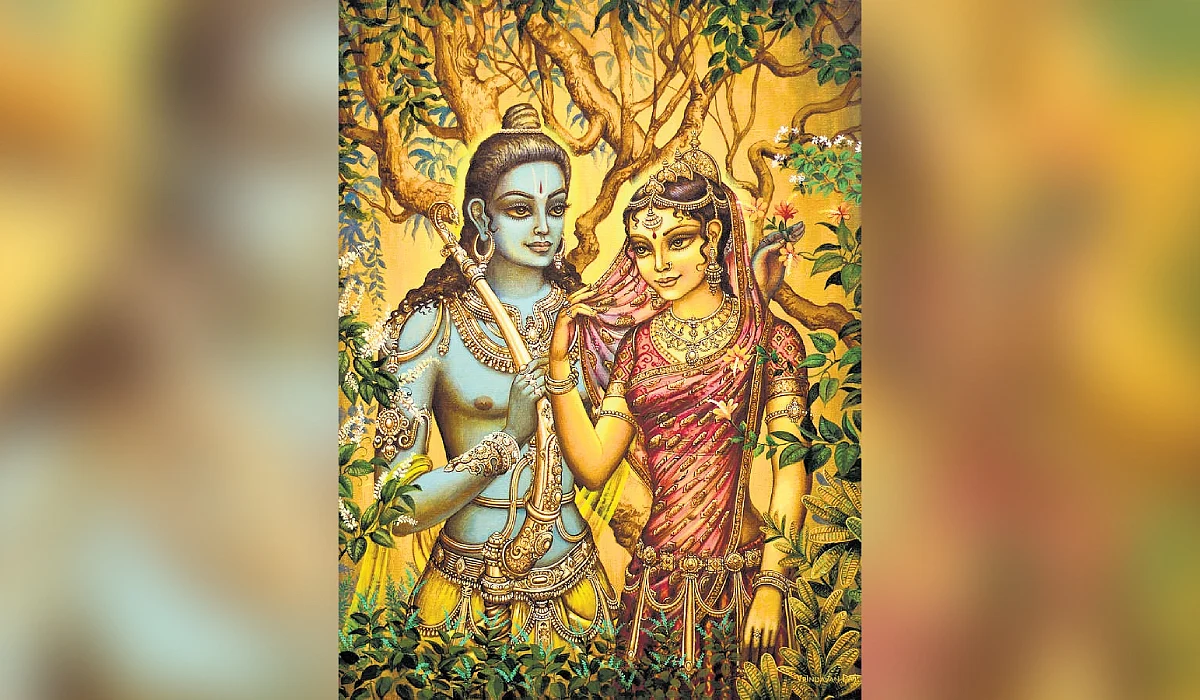In Indian mythology, polygamy was much more common than monogamy. However, in Ramayana, Sri Rama and Sita are strictly monogamous. When they were exiled in the forest, Surpanakha tried to entice Sri Rama to leave Sita for her.
She was punished by disfiguring her face. When Sita was abducted by Ravana, Sri Rama gathered an army of monkeys and waged a war to get her back. Sita, on her part, never failed once in her steadfast devotion to Sri Rama.

She chose to lead a life of hardship with him in the forest, rather than stay back in the palace and enjoy a life of luxury. Her devotion survived long imprisonment by the mighty Ravana. Against this background, it is strange to note that Sri Rama is perhaps the only one among the major mythological personalities to banish his wife to the forest, while he continued to rule in Ayodhya.
What explains this abandonment of a supremely devoted wife by an absolutely faithful husband? One, perhaps, has to look into the societal norms of the time. The society of the Ramayana is highly patriarchal. A woman was supposed to “belong” to her father after birth, her brothers after her father’s death, her husband after marriage, and her sons after widowhood.
Unjust though this system obviously is, it shaped societal norms of the time. When Sita was abducted by Ravana, it was criticised not only as violence against a woman, but also as stealing of one man’s property by another. When Sri Rama waged a war to get Sita back, it was not only as a hu.























